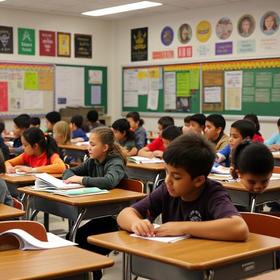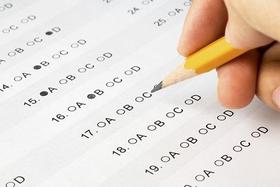Wrhs Alternative Education Program High School serves 10 students in grades 9-12.
School Overview
School Type
Grades Offered
Grades 9-12
Total Students
10 students
Total Classroom Teachers
n/a
School Rankings
Student-Teacher Ratio
n/a
12:1
American Indian
(15-16)n/a
n/a
Asian
(15-16)n/a
5%
Hispanic
(15-16)20%
23%
Black
(15-16)n/a
13%
White
(15-16)80%
56%
Hawaiian
(15-16)n/a
n/a
Two or more races
(15-16)n/a
3%
Eligible for Free Lunch
30%
37%
Eligible for Reduced Lunch
30%
6%
School Statewide Testing
School District Name
Source: National Center for Education Statistics (NCES), CT Dept. of Education
Frequently Asked Questions
How many students attend Wrhs Alternative Education Program High School?
10 students attend Wrhs Alternative Education Program High School.
What is the racial composition of the student body?
80% of Wrhs Alternative Education Program High School students are White, and 20% of students are Hispanic.
What grades does Wrhs Alternative Education Program High School offer ?
Wrhs Alternative Education Program High School offers enrollment in grades 9-12
What school district is Wrhs Alternative Education Program High School part of?
Wrhs Alternative Education Program High School is part of Regional School District 16.
Recent Articles

How Public Schools Support Students on Free / Reduced-Lunch Programs
Explore how U.S. public schools support students eligible for free or reduced-price lunch through nutrition, academic, and wraparound services in 2025.

Hidden Costs of Public Schools: Fees, Supplies & Extras
Explore the hidden costs in public schools—fees, supplies, extracurriculars—and how parents can plan for them in 2025.

Public School Funding 2025: What Families Should Know
Essential insights on public school funding in 2025—how it works, what’s changing, and what families should know to stay ahead.





